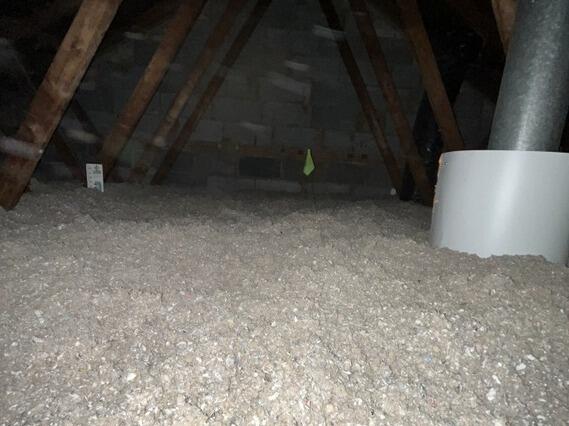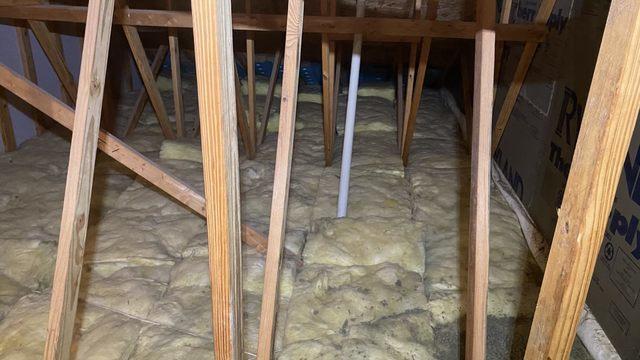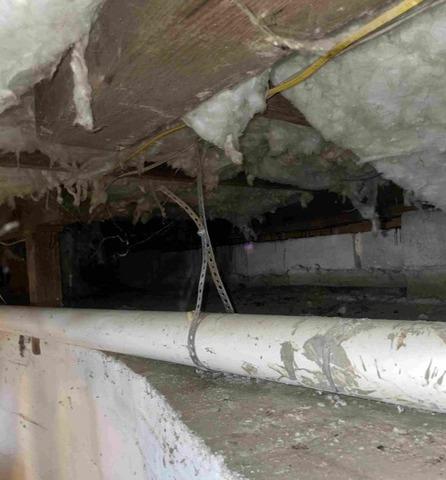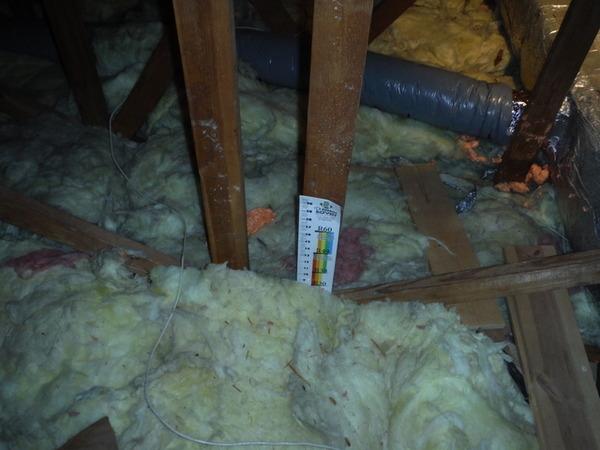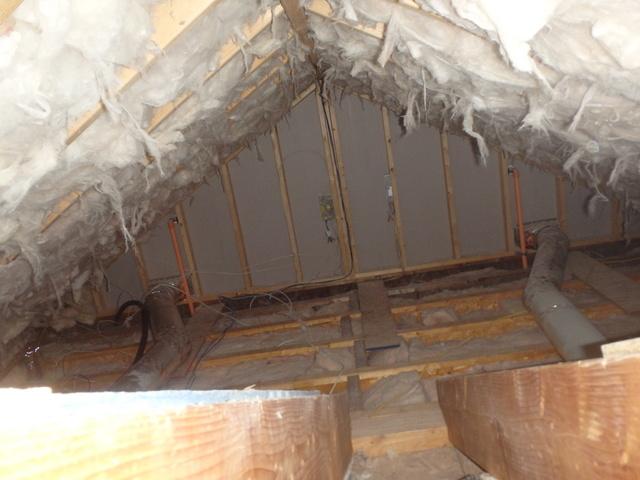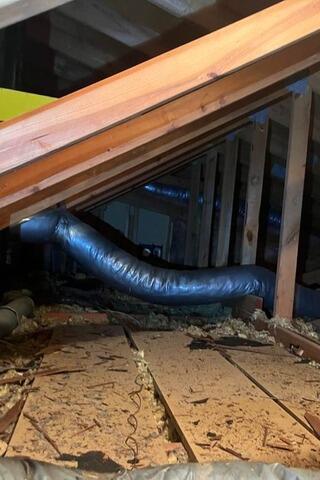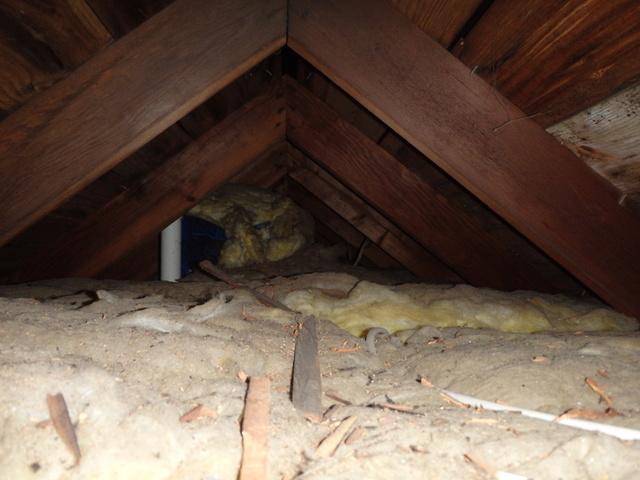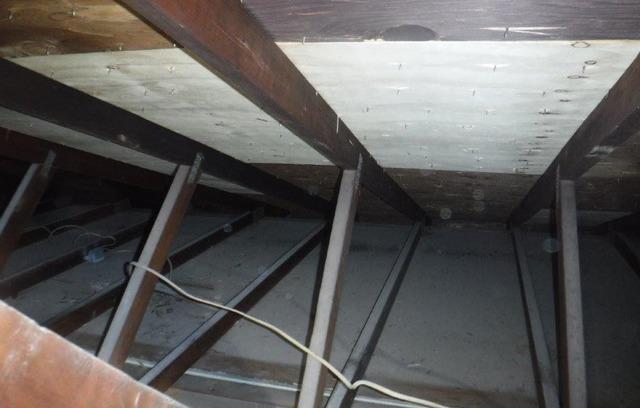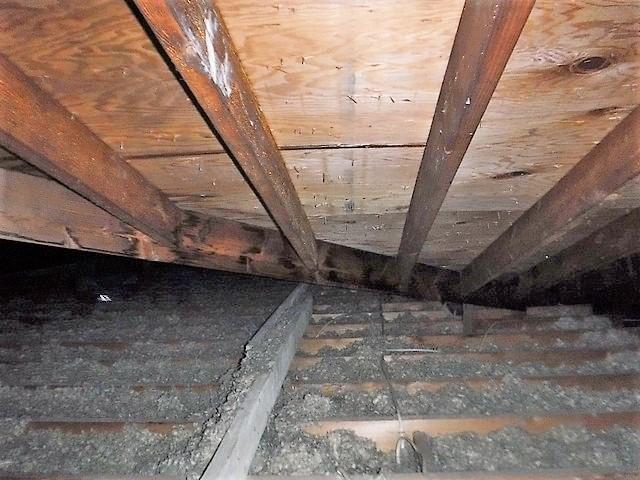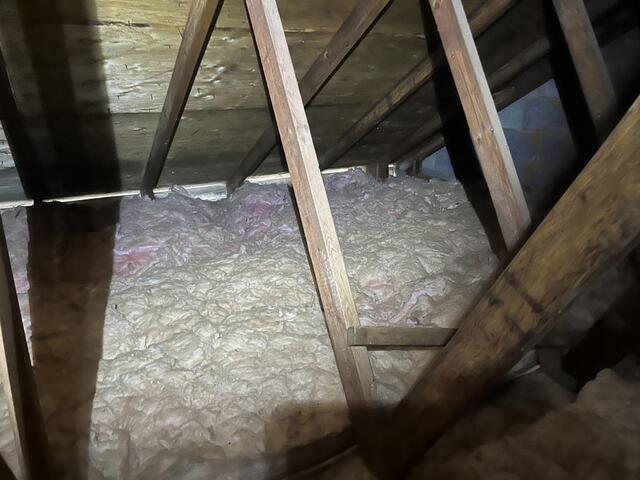Photo Gallery

Request Service
Request Service
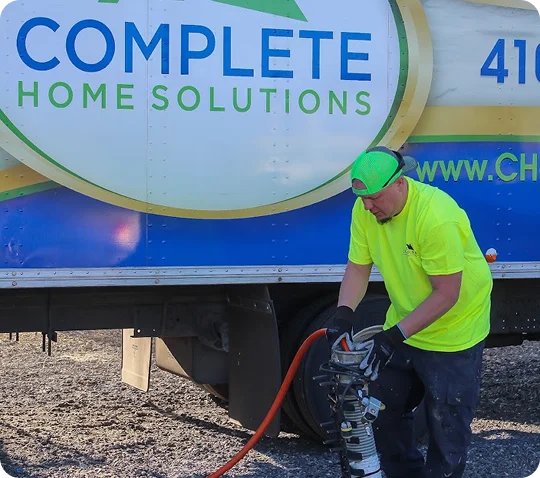
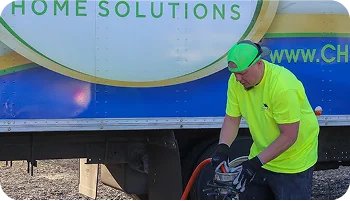
Optimize Your Home’s Energy Efficiency
Save Energy & Lower Costs With a Home Energy Audit
Is your home as energy-efficient as it can be? At Complete Home Solutions, we offer comprehensive home energy audits to help identify factors that could be driving up your energy bills. Our energy audits include:
- Infrared testing and thermal imaging of your home
- Air infiltration and combustion appliance safety testing
- Comprehensive home energy evaluation reports

